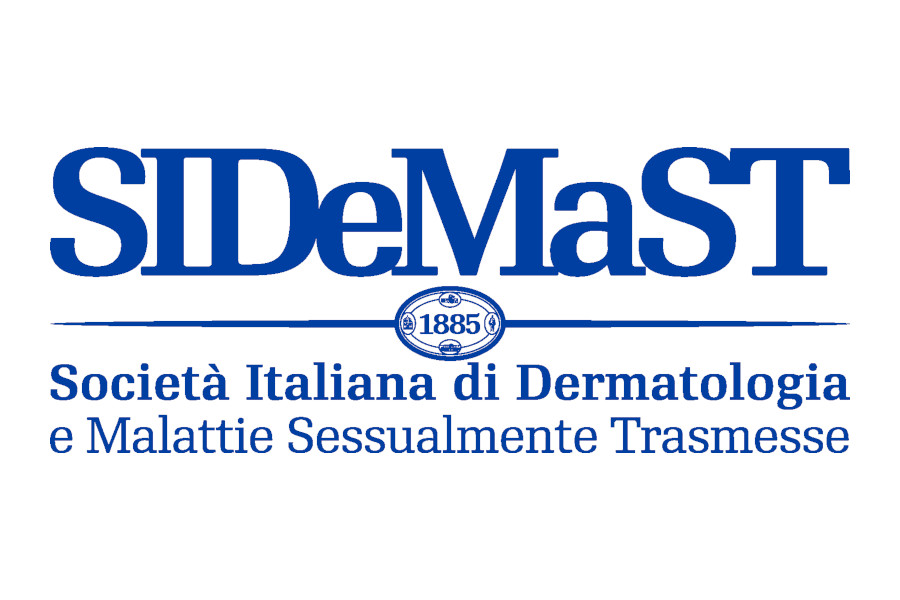In findings never before seen in melanoma, a novel combination therapy was found to be highly effective at treating patients with skin metastases.
Emanual Maverakis, MD, Department of Dermatology, University of California Davis, Sacramento, California, and colleagues found that Interleukin 2 (IL-2), combined with imiquimod and topical retinoid therapy, in patients with so-called "in-transit metastases" is a promising therapeutic option.
The findings have been published online first in the Journal of the American Academy of Dermatology.
"It's unclear if the recently developed targeted melanoma therapies that have revolutionised management of patients with internal melanoma metastases are useful in patients with metastatic disease limited of the skin," said Dr. Maverakis. "Our results demonstrate that intralesional therapy with a protein that causes immune cells to divide, given in combination with a topically applied immune activator, can be a highly effective treatment for these patients."
Although intralesional IL-2 has recently been included in the US National Comprehensive Cancer Network guidelines for management of melanoma metastases of the skin, US physicians have not adopted it, according to the researchers.
About 10 percent of patients with advanced melanoma develop what are called cutaneous metastases, often located "in-transit" to the patients' lymph nodes. Historically, treatment for these metastatic lesions has been surgical excision with or without radiation therapy, but disease recurrences can still be very high.
For the study, the researchers did a retrospective analysis of patients with either stage III or stage IV melanoma who had history of treatment with IL-2 therapy combined with imiquimod and a topical retinoid. The patients had been seen by the dermatology service between 2006 and 2015; most were elderly and had other illnesses. Ten of the 11 patients had experienced recurrences of the disease after surgery, and several had failed non-surgical treatments, as well.
The data indicated that all patients achieved complete clinical response to the treated lesions within 1 to 3 months of starting the intralesional IL-2-based therapy. After 2 years, 82% of patients were alive, and 7 were alive at the conclusion of the study without melanoma recurrence. The remaining 5 patients died from unrelated causes.
"The favourable outcomes in these patients are encouraging and suggest that the therapeutic regimen may have a survival benefit," the authors wrote.
The authors noted that the study has limitations in that the records of only 11 patients were analysed, and there were no experiments conducted to determine the effects of the therapeutic regimen on the systemic immune response.








